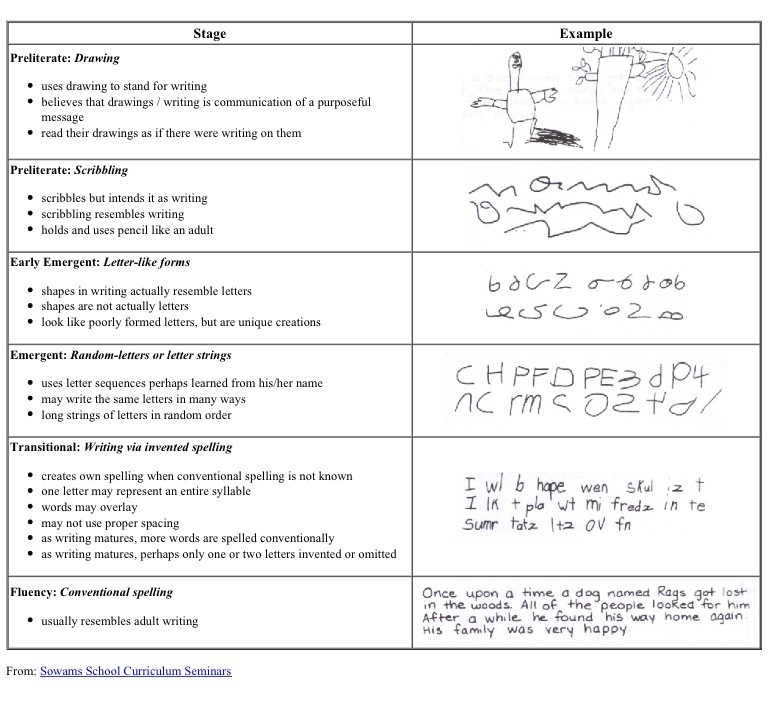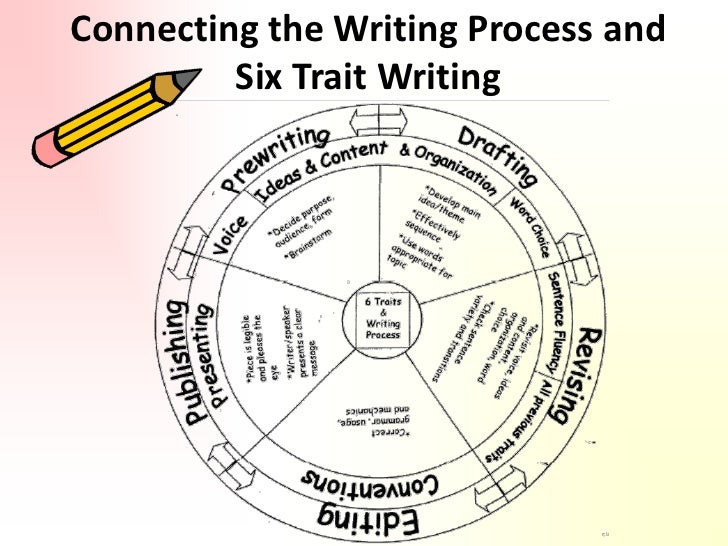24th October, 2017
LIT REFLECTION # 5
Start writing no matter what. The water does not flow until the faucet is turned on.- Louise L'Amour
This week our session focused on descriptive writing. First of all, We were never fans of descriptive writing. Whenever we had to write an essay we would always avoid writing a descriptive piece. We found it difficult to write because we did not know the right sensory words to use that would make our writing interested and our vocabulary were very poor. This problem stemmed from not reading as much as we should, thus this reflected in our ability to write well.
During this session we learnt and were reinforced on certain things. We were reminded that Descriptive writing should appeal to the senses, and that we must avoid over used words, rather use colorful adjectives, vivid verbs, specific nouns, similes and metaphors for comparison and onomatopoeia for sounds. By doing this, the reader would be able to visualize what they are reading and have a mental picture of what the writing is trying to portray in his or her writing. In addition, these would give the descriptive piece more flavour and make it more interesting. Readers are able to make connections and inferences when they can have a mental image or perception of what is being described.


Furthermore, we learnt about the difficulties students encounter when writing descriptive pieces, due to their limited vocabulary. As a result students' pieces are dull and vague. As we mentioned before we had that same problem growing up, so we are able to relate. However, we are now aware of what descriptive writing is about and some strategies we should implement as teachers to help combat this problem.
This problem could be eliminated by introducing student to the thesaurus and teaching them how it should be used. With the thesaurus, students can find synonyms, antonyms, adjectives and adverbs. These words can be used in their writing for enhancement. We can set up word walls in our classroom to introduce our students to different words which would build their vocabulary. Additionally, when reading to our students we can point out interesting words. Everyday we need to ensure our students learn new words. It is not enough for us to let them continue with the few words they have in their vocabulary. This has implications for us as teachers since if our vocabulary is poor, then our students vocabulary would be poor. Therefore, we need to build our vocabulary and this can be done through reading a lot and learning new words each day. First we have to work on ourselves and the way we view the Language. Ensure we are solid and know what we are about so that we can effectively teach our students. Moreover, we learnt that when we are revising, we as teachers should help our students use and add descriptive words to their pieces. And, very important, never stop reading to our students and encourage them to do a lot of reading.
We Liked how the lecturer included some learning outcomes of writing from the curriculum into the session. This really helped us to realize that it is important for the students to learn how to write, and it is not just putting pencil to paper and write whatever comes to mind and submitting that as final piece. Rather, being able to properly construct all the different genres. Hence, we as teachers have to develop an appreciation for writing, since we are expected to teach it. If we are weak, it is not too late to work on our weaknesses and turn them into strengths. We believe our students will be a representation of us, therefore let us allow them to represent us well.
This problem could be eliminated by introducing student to the thesaurus and teaching them how it should be used. With the thesaurus, students can find synonyms, antonyms, adjectives and adverbs. These words can be used in their writing for enhancement. We can set up word walls in our classroom to introduce our students to different words which would build their vocabulary. Additionally, when reading to our students we can point out interesting words. Everyday we need to ensure our students learn new words. It is not enough for us to let them continue with the few words they have in their vocabulary. This has implications for us as teachers since if our vocabulary is poor, then our students vocabulary would be poor. Therefore, we need to build our vocabulary and this can be done through reading a lot and learning new words each day. First we have to work on ourselves and the way we view the Language. Ensure we are solid and know what we are about so that we can effectively teach our students. Moreover, we learnt that when we are revising, we as teachers should help our students use and add descriptive words to their pieces. And, very important, never stop reading to our students and encourage them to do a lot of reading.
We Liked how the lecturer included some learning outcomes of writing from the curriculum into the session. This really helped us to realize that it is important for the students to learn how to write, and it is not just putting pencil to paper and write whatever comes to mind and submitting that as final piece. Rather, being able to properly construct all the different genres. Hence, we as teachers have to develop an appreciation for writing, since we are expected to teach it. If we are weak, it is not too late to work on our weaknesses and turn them into strengths. We believe our students will be a representation of us, therefore let us allow them to represent us well.
This week’s session was interesting and informative. However, for future session, we suggest that the lecturer brings a descriptive essay to read to the class. Additionally, she can assist us in writing one together as a class. In that way, we would be able to hear how a well writing piece of descriptive writing sounds and also see how to construct one. We would see the structure of how to write the essay and also the different elements in a descriptive piece.
Moreover, there should be more examples of sentences describing different things. For example, there should be sentences describing a person, their physical and personality attributes. Sentences describing a scenery etc. These would provide a better understanding of how a descriptive piece should look and sound.




















